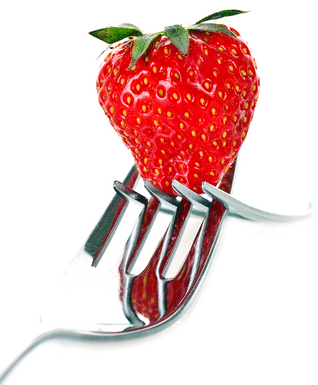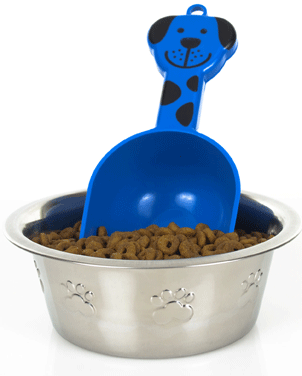|
CEO of CCD Kimberly Egan said: “Consumers around the globe are thrilling to new, bigger, bolder flavors and unique flavor combinations. Our palates are being pushed in all kinds of sweet, salty, sour and bitter directions, while new flavors tempt us from the edge of the culinary ingredient spectrum.”
CCD’s collaborative reports with Packaged Facts are based on trend mapping, which it says is guided by the premise that new flavor trends often go through five distinct phases on their way to becoming mainstream.
New trends tend to emerge at upmarket dining establishments, it says, passing into specialist consumer food magazines and television programs, before being picked up by mainstream chain restaurants, then begin to appear in family-oriented consumer magazines, and finally appear in grocery stores and/or quick service restaurants.
This latest report highlights flavors and ingredients at each stage in this process, including sea buckthorn berries, with which chefs at fine dining restaurants are beginning to experiment. The Japanese citrus fruit yuzu is starting to appear on cocktail menus and in specialty food magazines, the CCD report said, while tamarind, a flavoring component of Worcestershire sauce and a common ingredient in Latin, Southeast Asian and Indian foods, is now finding its way into chain restaurants in the United States.
Introducing CCD’s new report, Egan wrote: “How food manufacturers and restaurant operators apply these flavors in product development depends on the target audience, of course. Young men are in it for a big kick, women for a possible health benefit on the side, Latinos and Asian for familiar flavors in new places and everyone for the rounder, more balanced flavors all of these trends offer.”

 With Hispanic foods and beverages achieving such prominence, it’s no wonder Packaged Facts analyses finds the market will aggressively grow to more than $9 billion in 2014.
With Hispanic foods and beverages achieving such prominence, it’s no wonder Packaged Facts analyses finds the market will aggressively grow to more than $9 billion in 2014. 


 As a result of their level of educational achievement and higher professional and managerial employment rate, Healthy 50+ Consumers have higher incomes. And when compared to their peers in the same
age group, Healthy 50+ Consumers are more likely to have a household income of $100,000 or more.
As a result of their level of educational achievement and higher professional and managerial employment rate, Healthy 50+ Consumers have higher incomes. And when compared to their peers in the same
age group, Healthy 50+ Consumers are more likely to have a household income of $100,000 or more. 








 Significant untapped opportunity exists in building greater synergy between corporate foodservice and wellness programs; and in meeting employees’ foodservice needs by profession and occupation in concert with demographics such as gender, generation and race/ethnicity.
Significant untapped opportunity exists in building greater synergy between corporate foodservice and wellness programs; and in meeting employees’ foodservice needs by profession and occupation in concert with demographics such as gender, generation and race/ethnicity.